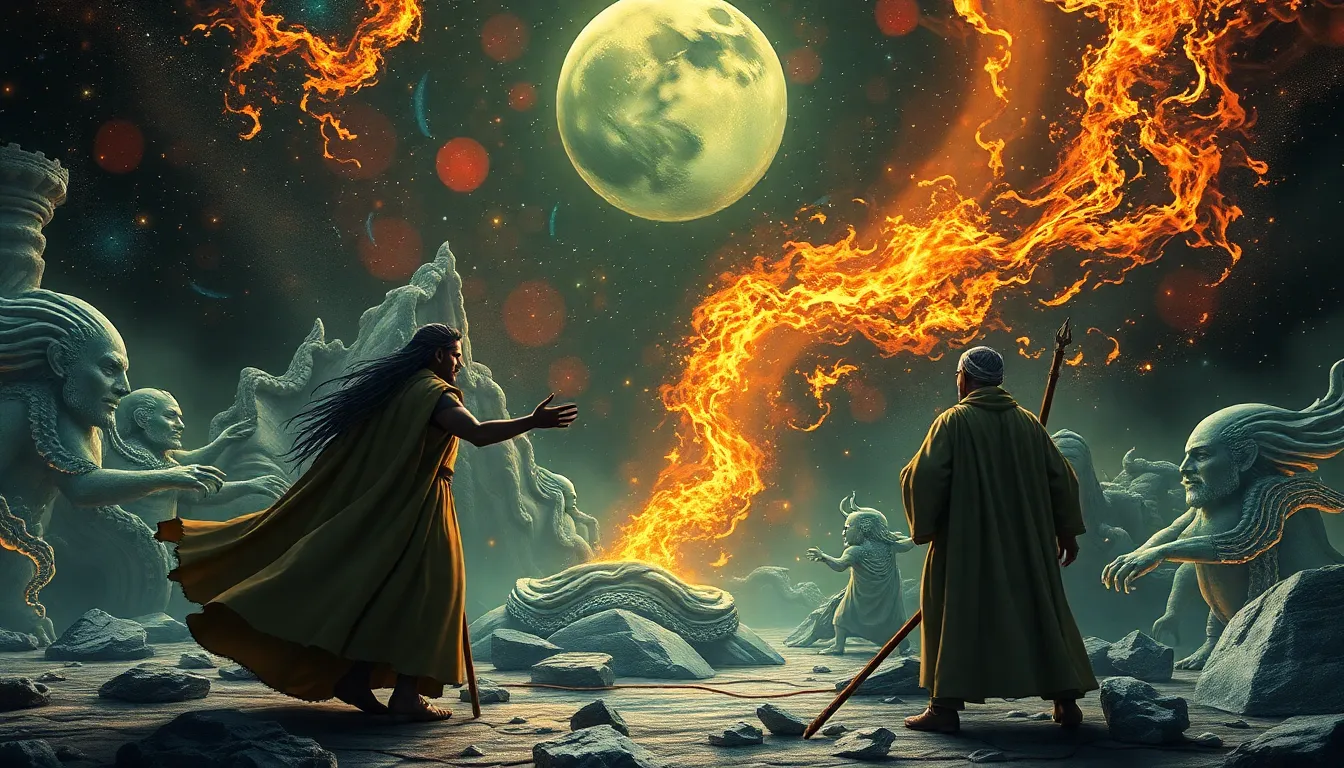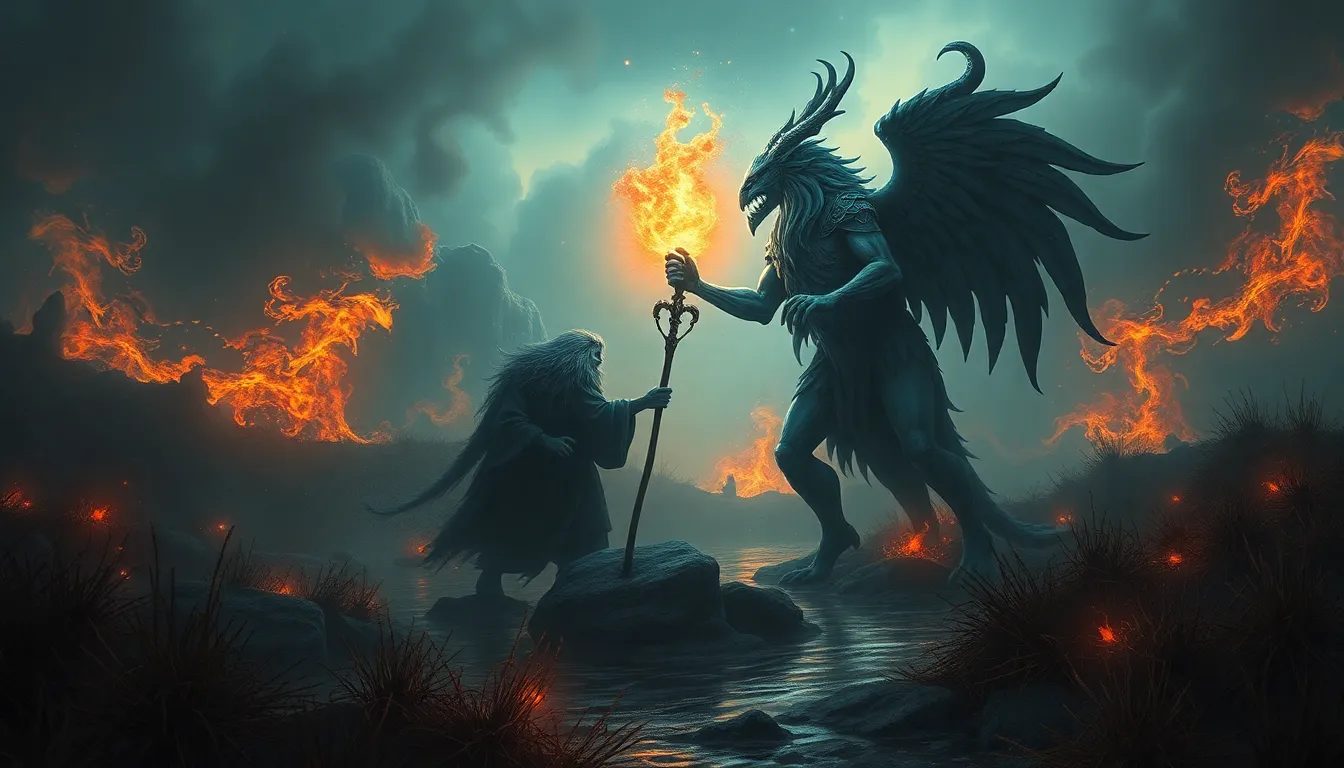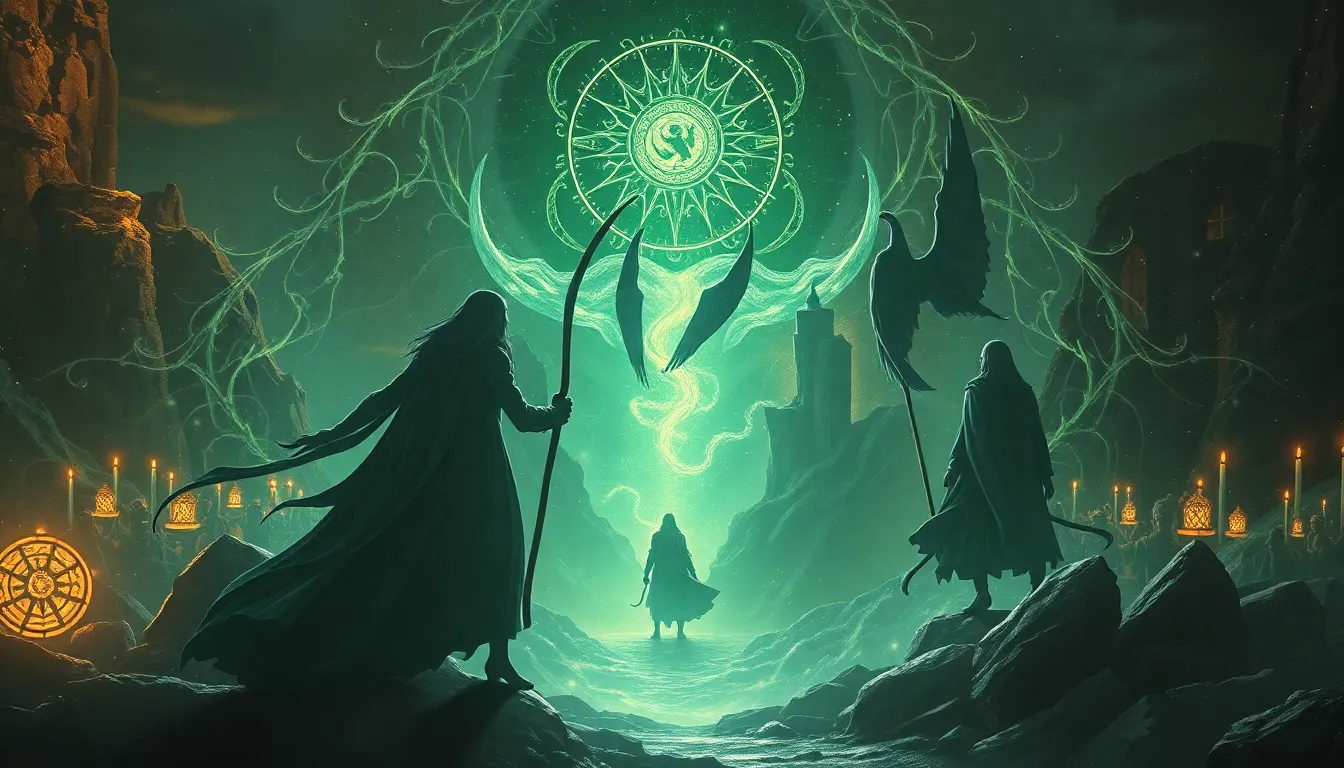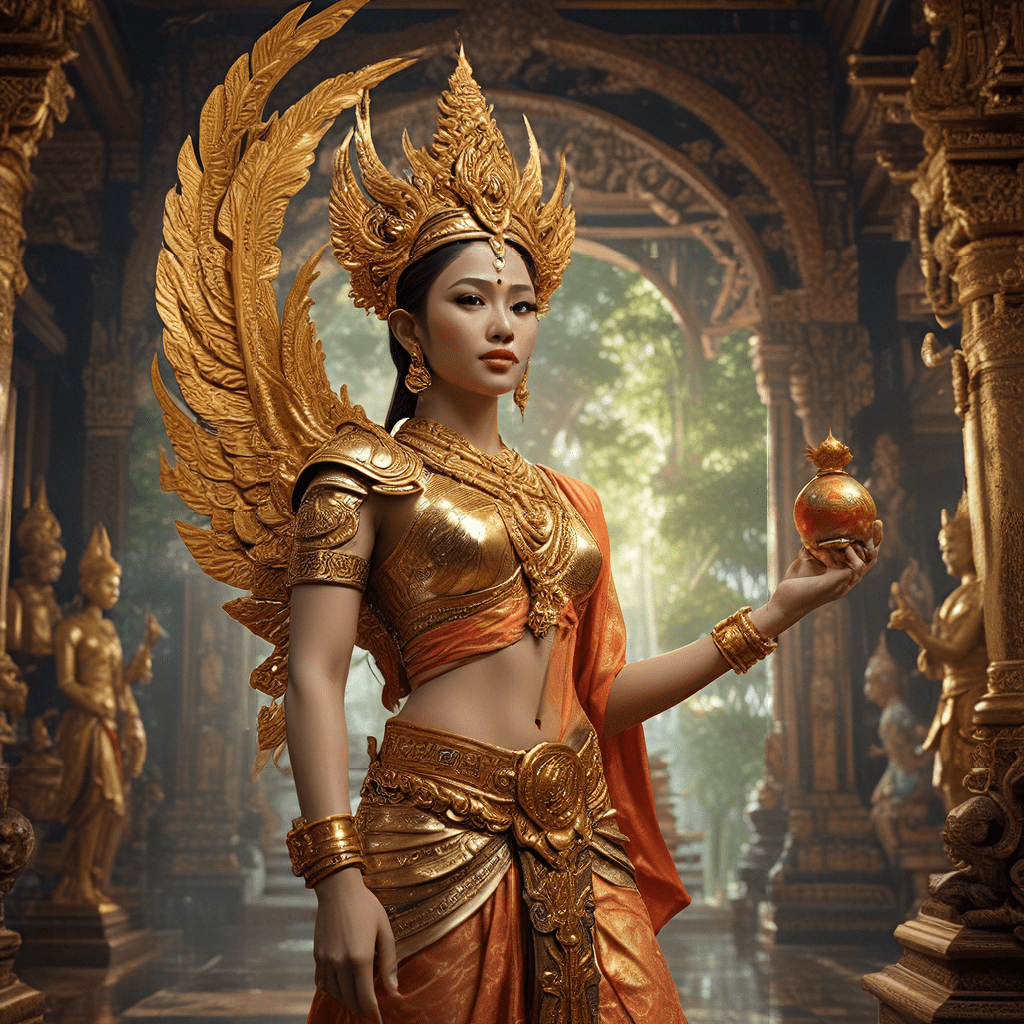The Mythic Journey of Cultural Heroes: An Exploration of Legends and Their Impact
I. Introduction
Cultural heroes are figures who embody the values, ideals, and aspirations of their societies. They often represent the pinnacle of human potential and serve as sources of inspiration for generations. In many cultures, these heroes embark on mythic journeys that not only transform them but also impart valuable lessons to their communities.
The importance of mythic journeys can be seen across various cultures, showcasing how stories of bravery, sacrifice, and triumph resonate universally. This article aims to explore the concept of cultural heroes, the archetype of the hero’s journey, and the impact these narratives have on societal values and personal growth.
II. The Archetype of the Hero’s Journey
A. Overview of Joseph Campbell’s Monomyth
Joseph Campbell, an influential mythologist, introduced the concept of the monomyth, or the hero’s journey, which outlines a universal pattern found in many myths and stories across cultures. According to Campbell, the hero’s journey consists of a series of stages that reflect the hero’s transformation and growth.
B. Stages of the Hero’s Journey
The hero’s journey typically includes the following stages:
- The Call to Adventure: The hero receives a challenge or quest.
- Refusal of the Call: The hero hesitates and doubts their ability.
- Meeting with the Mentor: The hero encounters a mentor who provides guidance.
- Crossing the Threshold: The hero leaves their ordinary world.
- Trials and Challenges: The hero faces various tests and adversaries.
- Transformation: The hero undergoes a significant change.
- The Return: The hero returns home, often with newfound wisdom.
C. Examples of Cultural Heroes Through the Lens of the Hero’s Journey
Many cultural heroes exemplify the stages of the hero’s journey. For instance:
- King Arthur: His rise to power and quest for the Holy Grail embody the journey of transformation.
- Harry Potter: His journey from an ordinary boy to the savior of the wizarding world illustrates the hero’s growth.
III. Cultural Contexts of Heroism
A. Variations in Heroic Ideals Across Cultures
Heroic ideals are not uniform; they vary significantly across different cultures. While some cultures may celebrate physical strength and martial prowess, others may prioritize wisdom, compassion, or spiritual enlightenment.
B. How Geography and History Shape Hero Narratives
Geography and historical context play crucial roles in shaping hero narratives. For example, heroes from warrior cultures may focus on conquest, while those from agrarian societies might emphasize community building and environmental harmony.
C. The Role of Mythology in Defining Cultural Heroes
Mythology serves as a framework for understanding cultural heroes. These stories often reflect the values and beliefs of a society, offering a lens through which individuals can interpret their own experiences and challenges.
IV. Legendary Heroes in Ancient Civilizations
A. Gilgamesh: The Quest for Immortality
Gilgamesh, a figure from ancient Mesopotamian mythology, undertakes a quest for immortality, reflecting humanity’s struggle against mortality. His journey is filled with trials that ultimately lead him to understand the value of friendship and the importance of leaving a legacy.
B. Hercules: Trials and Redemption in Greek Mythology
Hercules, known for his strength and heroic feats, faces twelve labors that test his courage and resilience. His story symbolizes the struggle between human limitations and the pursuit of greatness, illustrating themes of redemption and perseverance.
C. Sun Wukong: The Monkey King in Chinese Folklore
Sun Wukong, or the Monkey King, is a central figure in the Chinese epic “Journey to the West.” His journey from a rebellious trickster to a loyal disciple underscores the importance of transformation, humility, and the quest for enlightenment.
V. Modern Interpretations of Heroic Journeys
A. The Influence of Literature and Cinema
Modern literature and cinema continue to reinterpret the hero’s journey, often blending traditional narratives with contemporary themes. Films like “The Lord of the Rings” and “Star Wars” draw heavily on Campbell’s framework, introducing new generations to the archetype of the hero.
B. Contemporary Cultural Heroes: From Fiction to Reality
In today’s society, cultural heroes often emerge from real-life figures who demonstrate extraordinary courage or resilience. Activists, leaders, and innovators inspire others through their actions, echoing the timeless themes of heroism found in ancient myths.
C. The Role of Technology in Shaping New Hero Narratives
Technology has changed the way we tell and share stories, allowing for new interpretations of heroism. Social media platforms enable the rapid dissemination of narratives surrounding modern heroes, creating a dynamic interaction between culture and technology.
VI. The Psychological Significance of Cultural Heroes
A. Carl Jung and the Concept of the Hero Archetype
Psychologist Carl Jung identified the hero archetype as a fundamental aspect of the human psyche. He believed that heroes represent the journey of self-discovery and the struggle against inner and outer conflicts, allowing individuals to confront their fears and limitations.
B. The Hero’s Journey as a Reflection of Personal Growth
The hero’s journey serves as a powerful metaphor for personal growth. Individuals often find themselves on similar paths, facing challenges that lead to self-discovery, resilience, and ultimately, transformation.
C. Cultural Heroes as Symbols of Collective Identity
Cultural heroes embody the collective identity of their communities, serving as symbols of shared values and aspirations. They provide a sense of belonging and connection, allowing individuals to see themselves reflected in the narratives of heroism.
VII. Gender and Diversity in Heroic Narratives
A. The Representation of Female Heroes in Mythology
Traditionally, heroic narratives have often favored male figures. However, female heroes such as Mulan and Joan of Arc challenge these norms, representing strength, courage, and leadership in their own right.
B. Heroes from Diverse Backgrounds and Their Impact
As society becomes more aware of diversity, the stories of heroes from various backgrounds are gaining recognition. Figures like Harriet Tubman and Gandhi highlight the importance of inclusivity in the narrative of heroism.
C. Challenging Traditional Notions of Heroism
The evolving understanding of heroism invites a reexamination of traditional ideals. Contemporary narratives increasingly embrace a broader definition of heroism that encompasses various traits, including empathy, collaboration, and social justice.
VIII. The Role of Cultural Heroes in Social Movements
A. Historical Figures as Modern-Day Heroes
Many historical figures, such as Martin Luther King Jr. and Rosa Parks, have become symbols of heroism in social movements. Their courage and commitment to justice inspire others to take action and advocate for change.
B. The Impact of Cultural Heroes on Social Justice and Change
Cultural heroes play a crucial role in social justice movements. Their stories galvanize support, educate the public, and foster a sense of urgency around social issues, encouraging collective action.
C. Case Studies: Figures like Nelson Mandela and Malala Yousafzai
Nelson Mandela’s struggle against apartheid and Malala Yousafzai’s advocacy for girls’ education illustrate the profound impact of cultural heroes. Their journeys resonate globally, inspiring countless individuals to pursue justice and equality.
IX. Critiques of the Heroic Narrative
A. The Danger of Idealizing Heroes
While cultural heroes can provide inspiration, idealizing them can lead to unrealistic expectations. The complexities of human nature often reveal that heroes are flawed and make mistakes, reminding us of the importance of authenticity.
B. The Consequences of a Singular Hero Mythology
Emphas




